Scroll Down to Read Today’s Essay
Subscribe to Baseball History Comes Alive for automatic updates. As a Free Bonus, you’ll get instant access to my Special Report: Gary’s Handy Dandy World Series Reference Guide!
Lou Gehrig Photo Gallery
Click on any image below to see photos in full size and to start Photo Gallery:
Lou Gehrig’s Consecutive Game Streak Comes to An End!
Eighty-three years ago yesterday, April 30, 1939, was a memorable day in baseball history. On that day, the consecutive game streak of the Iron Horse, Lou Gehrig, finally came to an end.
The Streak Begins
The streak had started on June 1, 1925, at Yankee Stadium in a game against the Senators. Yankee manager Miller Huggins inserted Lou into the game in the bottom of the eighth inning as a pinch hitter for shortstop PeeWee Wanninger. Facing the great Walter Johnson—now at the tail end of his career—Lou flied out to left-fielder, Goose Goslin. The Yankees lost the game 5-3. The next day, first baseman Wally Pipp came down with the most famous headache in baseball history, giving Huggins an excuse to start Lou at first. Hoping to shake up the slumping team, Huggins also rested regulars Aaron Ward and Wally Schang. Whoever would have imagined that 2,130 games over 14 years would go by before Lou missed another game?
(Featured photo beautifully colorized by our resident baseball artist, Don Stokes)
Lou shattered the previous streak of 1,307 consecutive games, held by Everett “Deacon” Scott. Lou’s record, once thought to be unbreakable, would stand for 59 years, until broken by Cal Ripken on September 6, 1995. Along the way, Lou certainly earned the “Iron Horse” moniker. He overcame setbacks that would have kept most ballplayers out of the lineup, including several beanings—one that actually rendered him unconscious for five minutes—attacks of “lumbago,” multiple fractures, and bouts of flu. Through it all, he was able to keep the streak intact.
The Streak Finally Ends
Fourteen years later, 35-year-old Lou Gehrig was slumping to start the1939 season. On April 30, he entered the game with only four hits in 24 at-bats. With his health noticeably declining to all, Lou requested that manager Joe McCarthy not play him the next day. Reluctantly, the Yankee skipper agreed. The historic streak was over.
Surprisingly, in reviewing the box score for the game on April 30, 1939—which was also Lou’s last game—I found a lot of similarities with the game in which the streak started. The game was again played at Yankee Stadium against the same Senators. Again, the Yankees lost, this time by the score of 3-2. Eerily similar, Lou’s last at-bat (against the Senators’ pitcher Pete Appleton) also came in the bottom of the eighth. And like his first at-bat in the streak, he flied out, this time to centerfielder George Case. For the day, Lou went for the collar, 0-4.
Of course, the 1939 Yankees are considered one of the greatest teams ever. A look up-and-down the loaded lineup for that game gives us a clue why. In addition to Lou Gehrig, we find all these familiar names: Frank Crosetti, Red Rolfe, Bill Dickey, Charlie Keller, George Selkirk, Joe Gordon, Jake Powell, and Red Ruffing. That’s a formidable lineup and it didn’t even include Joe DiMaggio. Washington had one future Hall of Famer in Lou’s last game, catcher Rick Ferrell.
Lou Gehrig’s Fabulous Career
That Lou Gehrig was one of the all-time greats is hardly debatable. Over his 17-year career, the seven-time all-star hit .340, with 2721 hits, 493 home runs, 1995 RBIs (seventh all-time), .447 on-base percentage (sixth all-time), .663 slugging average (third all-time), 1.080 OPS, and 179 OPS+ (fifth all-time). Lou won two MVPs, and a Triple Crown (1934). He was a three-time AL home run leader, five-time RBI leader, and earned one batting title. He was a member of seven Yankee pennant winners and six World Series championships.
In 34 post-season games, Lou hit .361, with 10 home runs, and 35 RBIs. He’s one of only 18 players to hit four home runs in one game. His number 4 has been retired by the Yankees and he is a Monument Park honoree. Lou was inducted into the Hall of Fame by special election in 1939. He passed away on June 2, 1941.
So today, as we gladly turn our baseball spotlight on one of the game’s all-time greats, we recall the day Lou Gehrig’s “Iron Man” streak finally came to an end.
Gary Livacari
Subscribe to our website, “Baseball History Comes Alive” with over 1200 fully categorized baseball essays and photo galleries, now closing in on the one million hits mark at 802K hits and over 600 subscribers: www.baseballhistorycomesalive.com
Information: Excerpts edited from Lou Gehrig Wikipedia page, stats from Baseball Reference.com
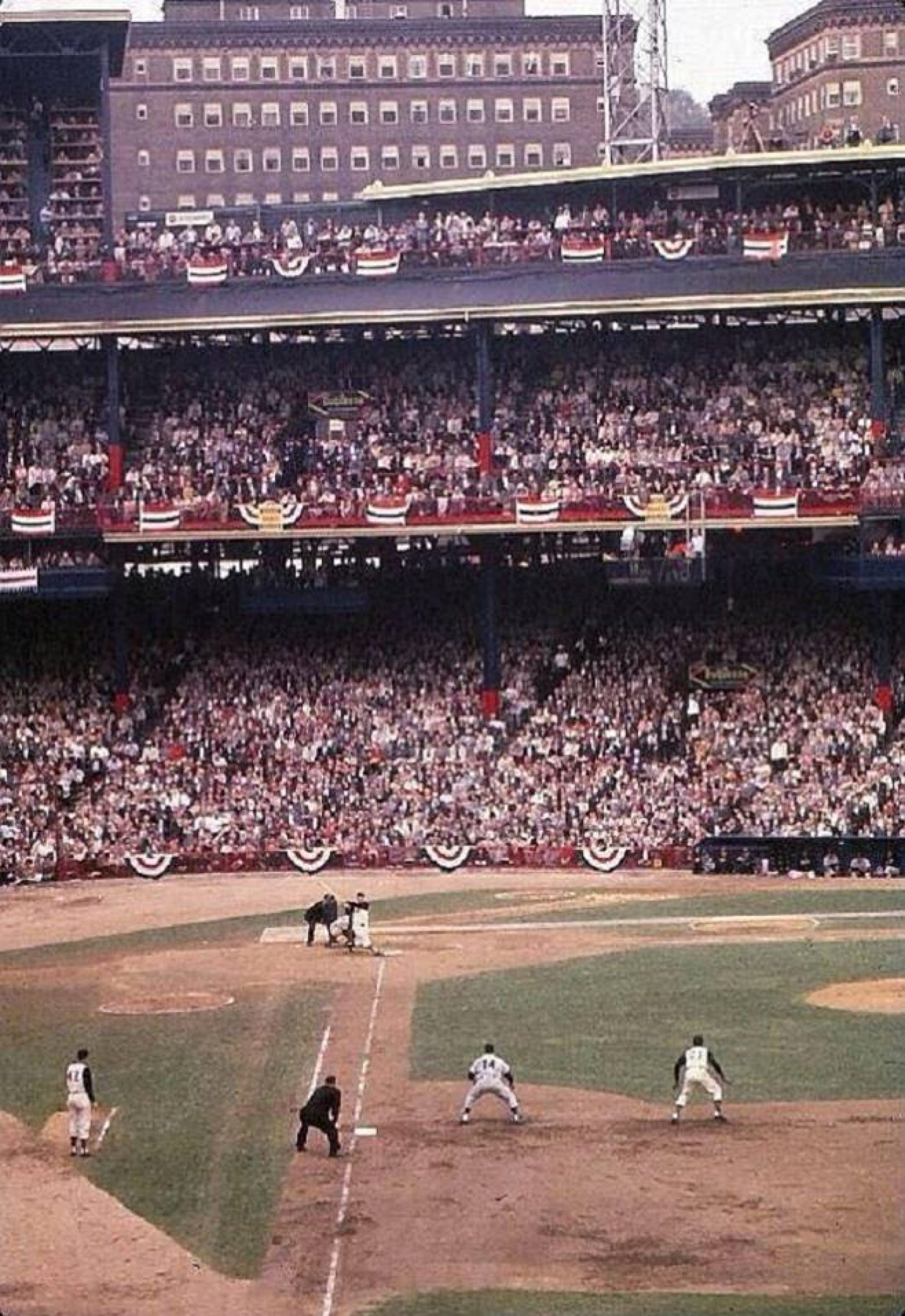
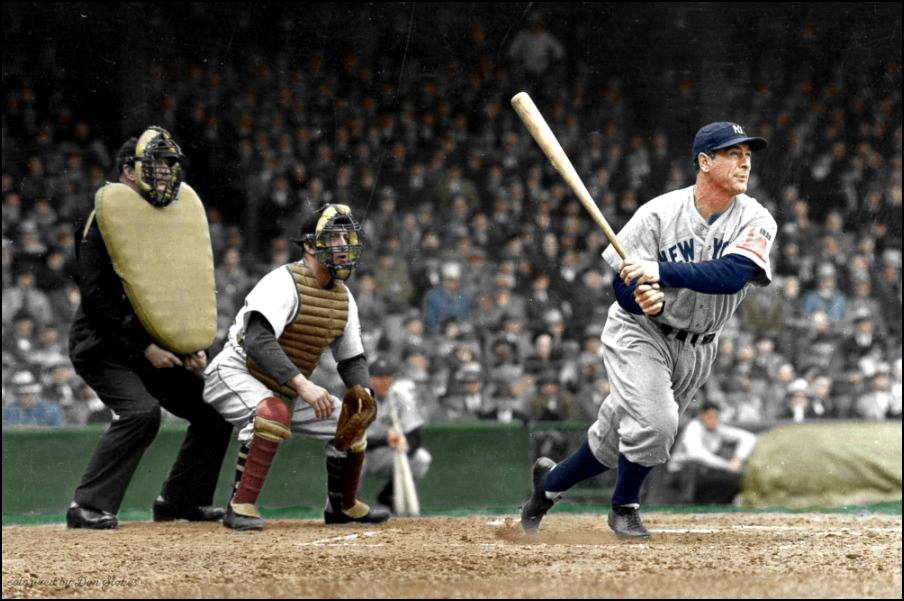
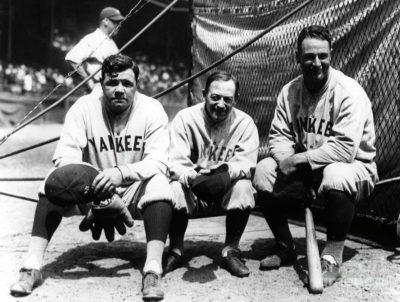
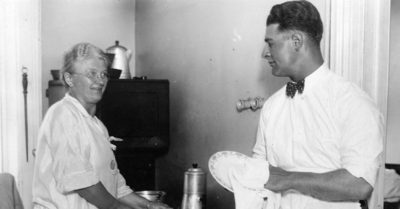
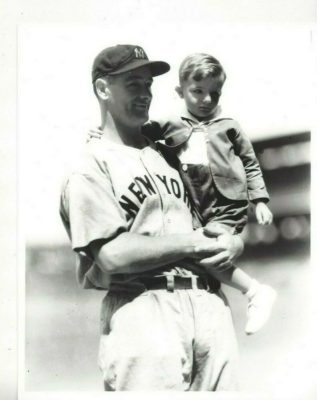
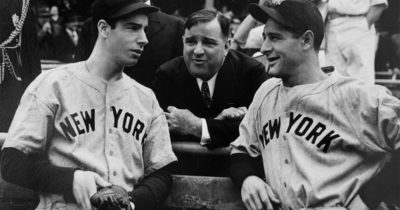
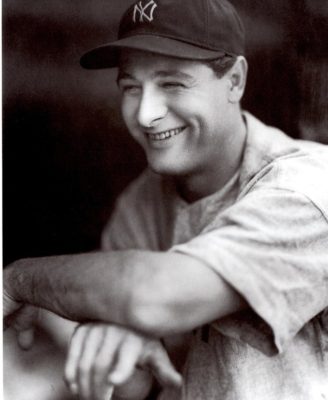
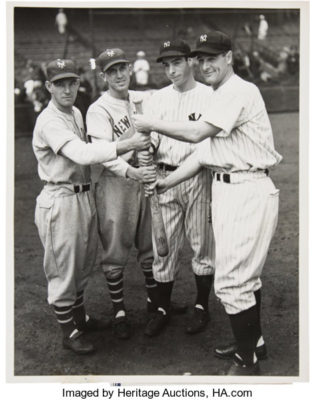
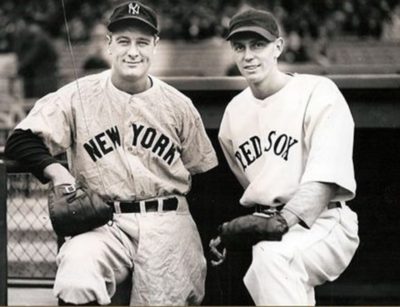
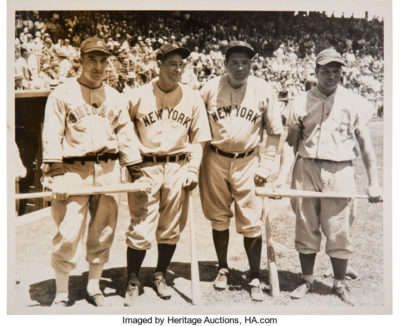
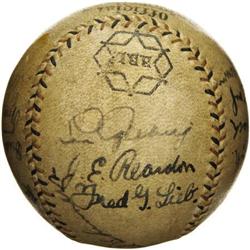
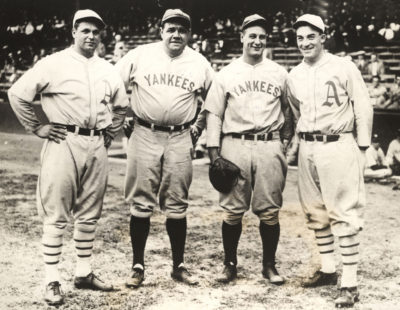

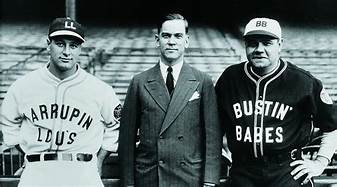
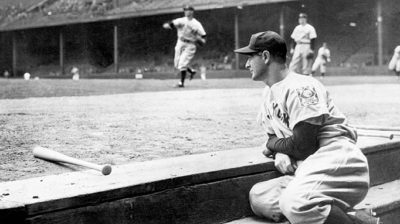
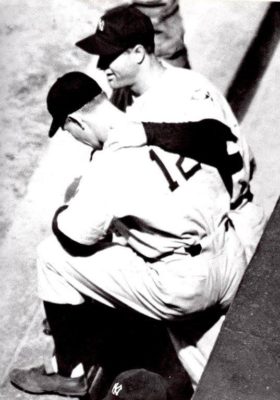
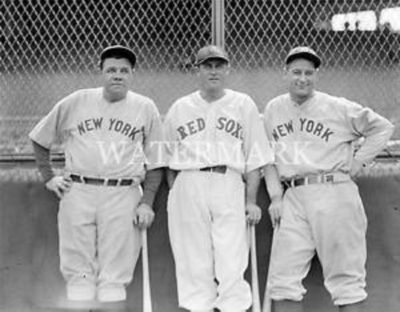
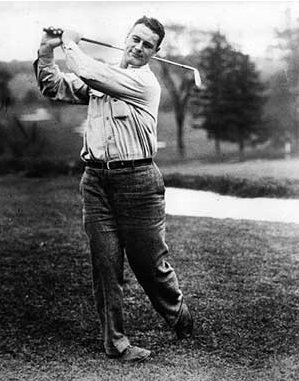
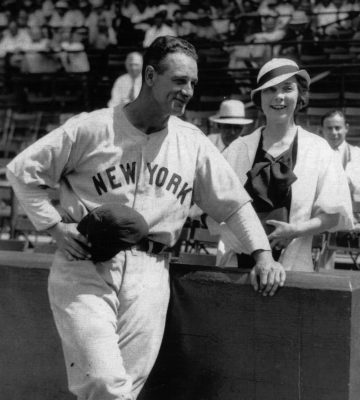
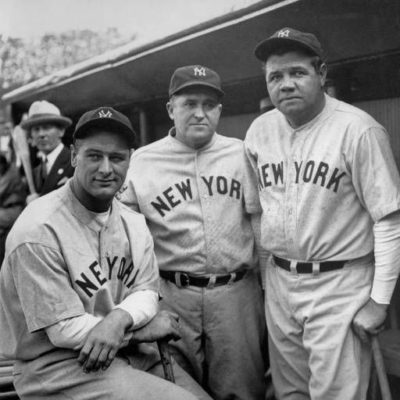
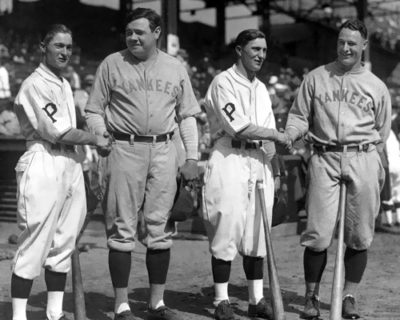
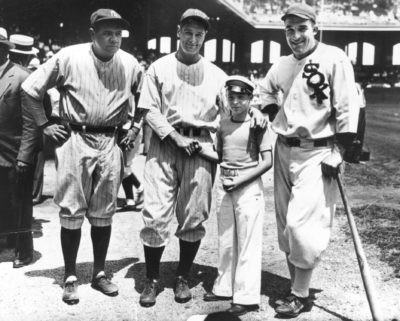
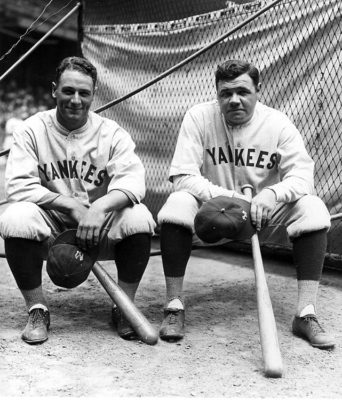
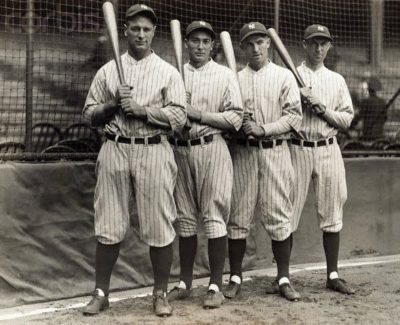
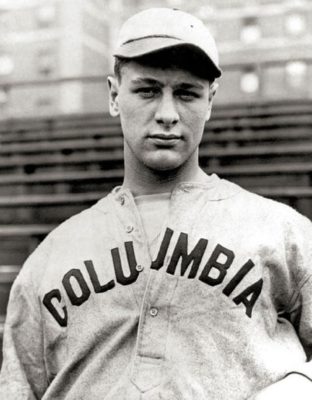
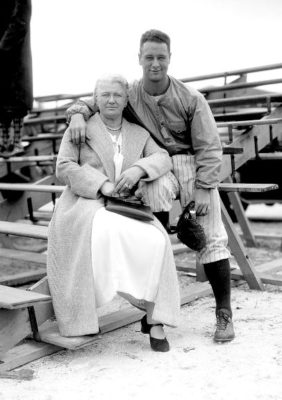
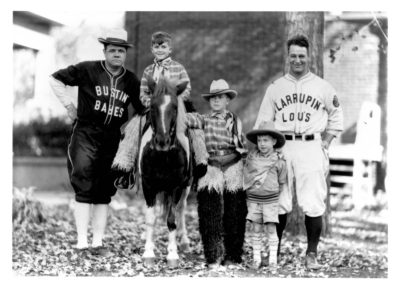
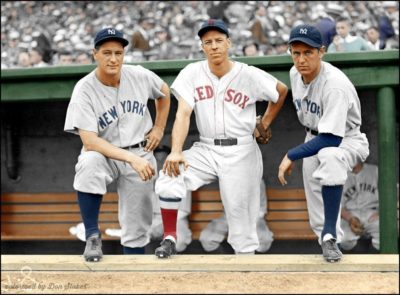
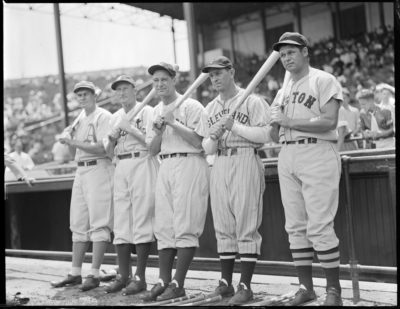
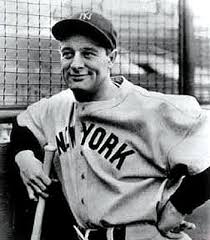
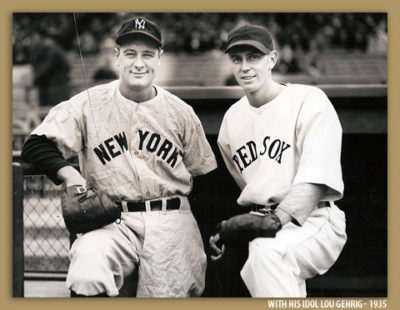
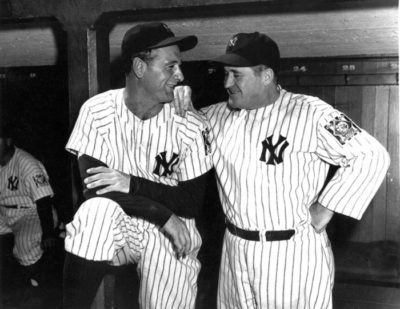
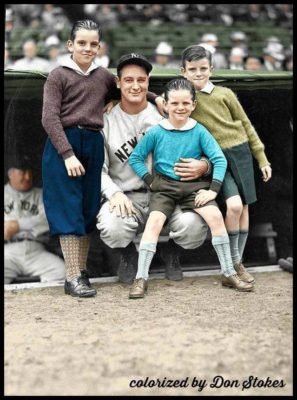
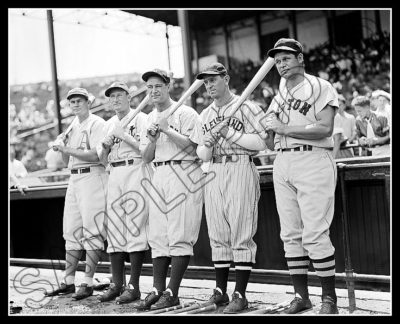
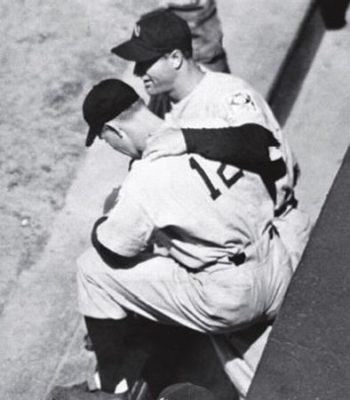
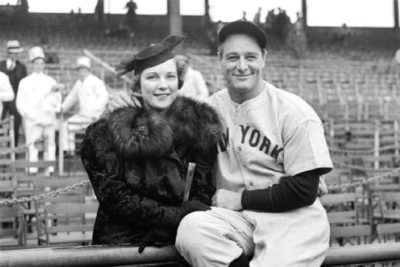
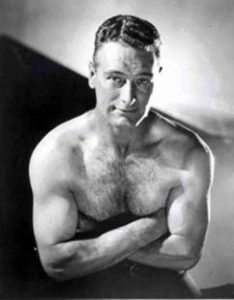
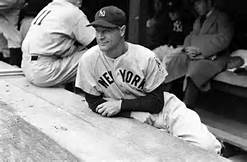

Love it, DD!
Gary Cooper was a little long in the tooth to play him in the Pride of the Yankees but did a terrific job anyway. The playful wrestling scene with his wife, played by Theresa Wright, has one of the great screen moments. For a split second The Iron Horse winces, pain and bewilderment etched in his face, as he realizes something is terribly wrong. Beautifully done by Coop.
Gehrig knew the score very soon but was constantly propped up by close friends and reporters who would invariably say, “Don’t worry Lou, you’re going to beat this thing!” He began to play along. One time he got out of a cab and saw a circle of writers advancing. Before they could say anything Gehrig piped up, “Don’t worry guys, I’m going to beat this thing!”
Thanks a lot, TOB! All that reminds me of a book book I read a few years ago, “My Luke and I,” by Eleanor Gehrig. Detailed their time together and Lou’s final days very well.
Gary, your mini critique will send me looking for that book.
Here’s a tidbit, re Gehrig. Ted Williams was playing right field at Yankee Stadium and said Gehrig hit a line drive, seemingly right on the nose, directly at him. But Williams said when the ball hit his glove it had the impact of a feather nestling in the leather.
That had to be opening day, April 20th, 1939–Ted’s rookie year and Gehrig’s last year, with only a few games to go for the Iron Horse. Williams got a double in four trips. Bill Dickie homered. Lou went 0-4 and made an error.
Yanks won 2-0 behind Red Ruffing . Lefty Grove pitched for Boston. That was Grove’s last great year, as he went 15-4 and led the league with a 2.54 ERA.
We live for this stuff, right ?
By the way, that game was played in 1:47 !
All good, Bill…thanks! Here’s a link to the book: https://amzn.to/3kttXrN
Got it–good deal, Gary!
Great account of Gehrig’s life and legacy, Gary. Super photo collection, too. I first read a biography about Gehrig when I was probably 6 or 7, and have always had respect for the way he was….on AND off the field. IMHO, his consecutive streak had to have been more difficult than Ripken’s in several aspects….just a coupla examples : players in his era didn’t travel 1st class on luxury flights like today’s do. Even though the MLB sites were mostly all east of the Mississippi then, they traveled by train. Not as comfortable as a 747. And some of those trips took a LONG time and had to have been very tiring. Also, they didn’t have the superior training staff and re-hab & conditioning facilities like today’s players have access to. Diet, hotels, equipment, etc, etc…..all better today than in Gehrig’s time. Well done essay, amigo. Thnx.
Thanks a lot Tom. You raise some great points, and I tend to agree with you.